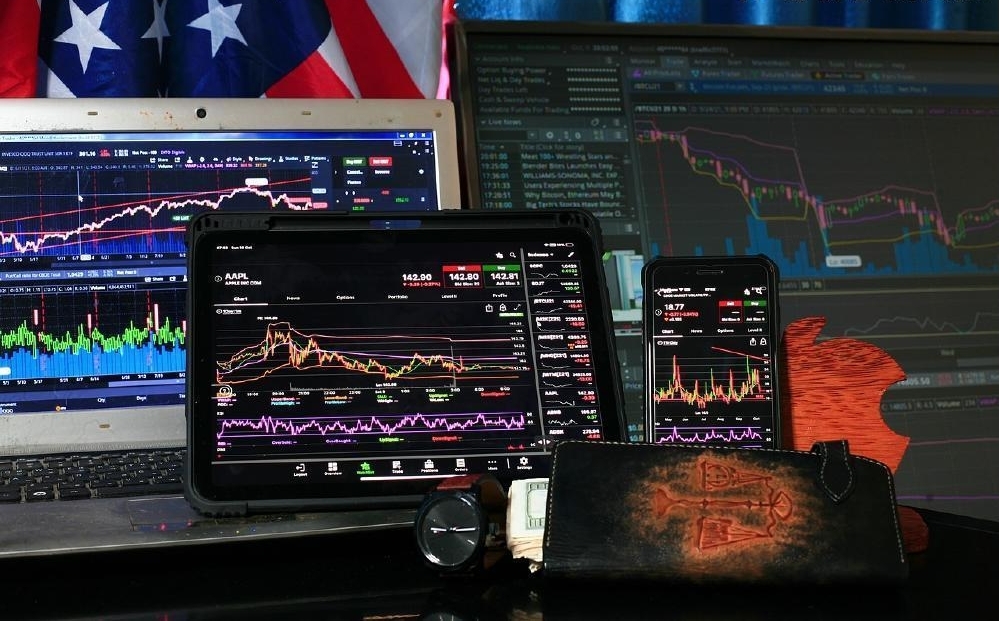
In the context of global economic integration, manufacturing, as one of the pillars of the national economy, directly affects the growth momentum and market sentiment of the global economy. Recently, a series of key manufacturing data releases have revealed a weak trend in manufacturing activity worldwide, which quickly triggered a chain reaction in financial markets, especially in the US stock market, causing significant pressure and leading to a bleak outlook at the close.
In recent months, manufacturing indices released by multiple authoritative institutions have shown varying degrees of decline. Among them, the most closely watched by the market include the Manufacturing Purchasing Managers' Index (PMI) released by the Institute for Supply Management (ISM) in the United States, as well as manufacturing data from major economies such as the Eurozone and China. These data show that due to multiple factors such as supply chain disruptions, rising raw material costs, labor shortages, and increased uncertainty in the global trade environment, manufacturing enterprises are facing unprecedented pressure and production activities are significantly slowing down. In addition, the decrease in new orders, production slowdown, inventory backlog, and instability in the job market have further intensified market concerns about the prospects of the manufacturing industry.
In Europe, the manufacturing industry in the eurozone is also facing severe challenges due to the impact of energy crisis, supply chain disruptions, and geopolitical tensions, with several key indicators showing poor performance. In Asia, although some countries have taken active economic stimulus measures, the uncertainty of the global trade environment still has a significant impact on the manufacturing industry.
It is worth mentioning that the US ISM manufacturing PMI has been below the boom bust line by 50 for several consecutive months (it is generally believed that PMI above 50 indicates that the manufacturing industry is in an expanding state, and vice versa indicates contraction), indicating a significant lack of growth momentum in the US manufacturing industry. Meanwhile, sub indicators such as new orders, production, and employment have generally declined, further confirming the weak state of the manufacturing industry.
The reaction of the US stock market to this event is as follows. Firstly, in the face of weak manufacturing data, investor confidence has been severely hit. The market is concerned that a slowdown in the manufacturing industry may indicate broader risks of economic slowdown or even recession, which in turn could affect corporate profitability and future growth prospects. This pessimistic sentiment quickly spread to the US stock market, causing the three major indices - the Dow Jones Industrial Average, the S&P 500 Index, and the Nasdaq Index - to all close down. Secondly, during the trading process, investors tend to sell cyclical stocks closely related to the manufacturing industry, such as automotive, machinery, materials, and other sectors, and instead seek safe haven assets such as gold and bonds. This kind of capital flow exacerbates market volatility, causing the US stock market to close in a black color, with most stocks falling.
We need to maintain a calm and rational attitude in the face of weak manufacturing data and dark stock market closing. Firstly, the government and enterprises should increase policy support and reform efforts to improve the development environment of the manufacturing industry, promote product production and transformation. Secondly, investors should closely monitor market dynamics and policy changes to make informed investment decisions. In the investment decision-making process, risk factors and market uncertainty should be fully considered to avoid blindly following the trend and excessive speculation.
Finally, we should also acknowledge the complexity and uncertainty of the global economy. In the context of globalization, economies of various countries are interdependent and influence each other. Therefore, we need to strengthen international cooperation and coordination to jointly address the challenges and risks facing the global economy. Only in this way can we maintain stability and development in the complex and ever-changing economic environment protection.

On October 16, 2025, two "no-confidence motions" against French Prime Minister Lecornu in the National Assembly ended in failure.
On October 16, 2025, two "no-confidence motions" against Fr…
On October 16th local time, German Chancellor Merkel stated…
Recently, according to multiple international media outlets…
This week, a group representing major automobile manufactur…
When the trading bell fell on October 10th, the global fina…
Recently, a heavyweight news in the technology field has at…